How does the meal kit measure up?
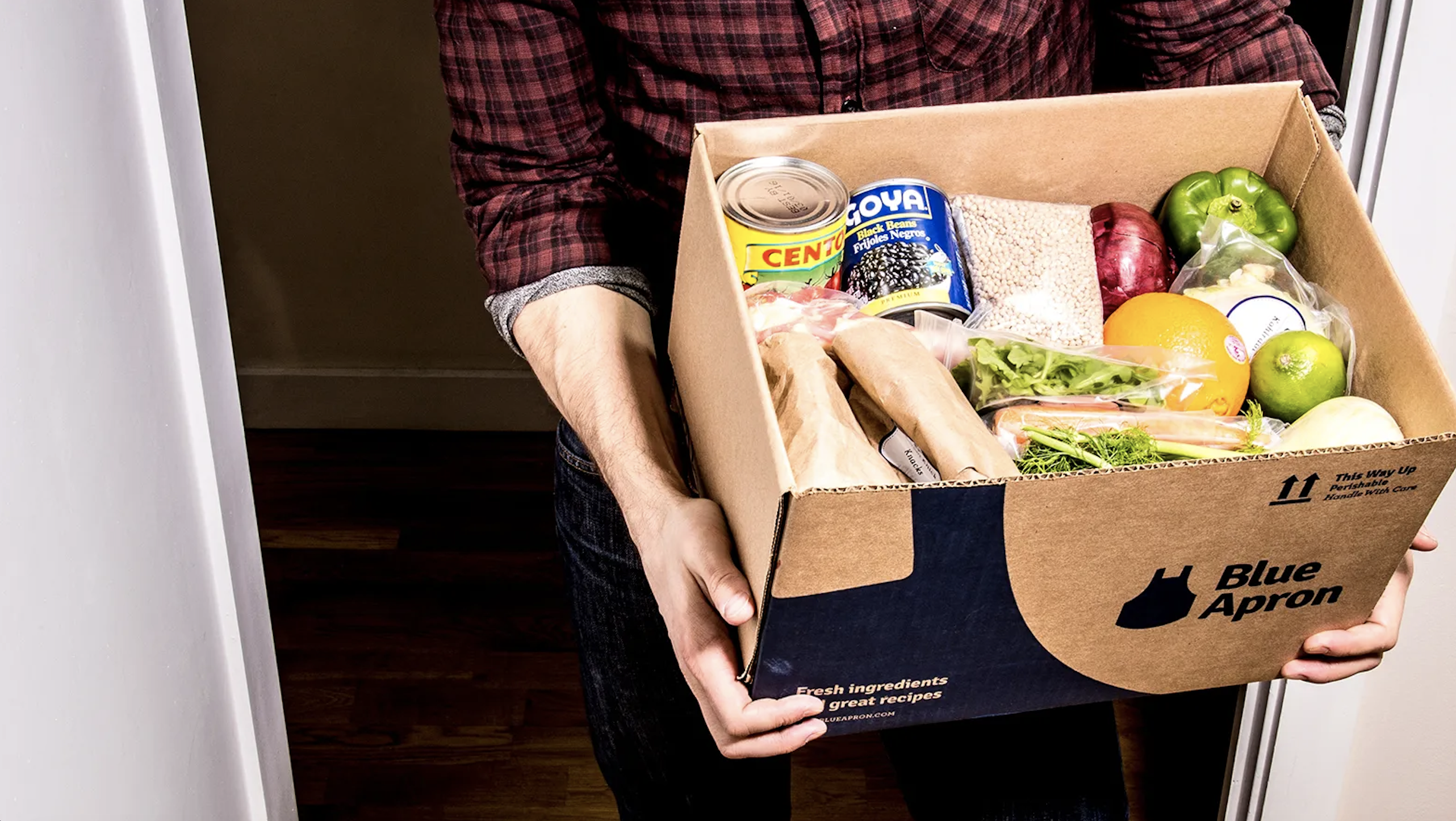
Meal kits are soaring in popularity across Australia, they are pre-packaged groceries containing perfectly portioned ingredients and beginner friendly recipe cards to make home cooking easier. These kits are delivered to your front door after the click of a few buttons on a website. This sounds like a perfect solution for every busy household but is it as good as it looks, and how does it hold up to the traditional grocery shop.
Are they healthy?

After a global pandemic, a boom in fitness influencer marketing and an increased knowledge around nutrition, Australians are more eager to eat healthy, however the 2018 census found that two thirds of adults are overweight or obese and only 3 in 50 of the population eat the recommended amount of fruit and vegetables.
Home cooking has been found to greatly reduce the likelihood of having excess body weight and cholesterol. However, cooking at home, especially paired with a busy household can sometimes seem unachievable.
Queensland dietitian Emma Lavelle found that meal kits can be beneficial for people on the go.
“Meal kits can be a great way for busy people to include healthy, nutritious meals into their diet without the stress of shopping," Emma says.
While many meal kits offer specific meals for low calorie diets and feature the specific macronutrients of very meal, Emma would prefer meal kits move away from that.
“They could focus on a healthy balance of carbohydrates, protein, fat and colour instead to foster a mindset away from numbers and counting calories”.
Whether something is “healthy” goes far beyond just the ingredients. Meal kits create healthy habits, like learning to cook at home, and being presented with new ingredients.
University student Emily Hutchison started using Hello Fresh for the convenience but found the kit quite nutritious. “They had a healthy serving of fats, protein, carbs and vegetables” she says.
Dietitian Emma says that meal kits can be expensive and instead, suggested adding nutrition to a meal where it is normally lacking, without increasing your cook time. “A good example is 2-minute noodles," Emma says. "By adding some vegetables like corn, broccoli or Asian greens directly to your boiling water, you’re instantly adding nutrition to your meal".
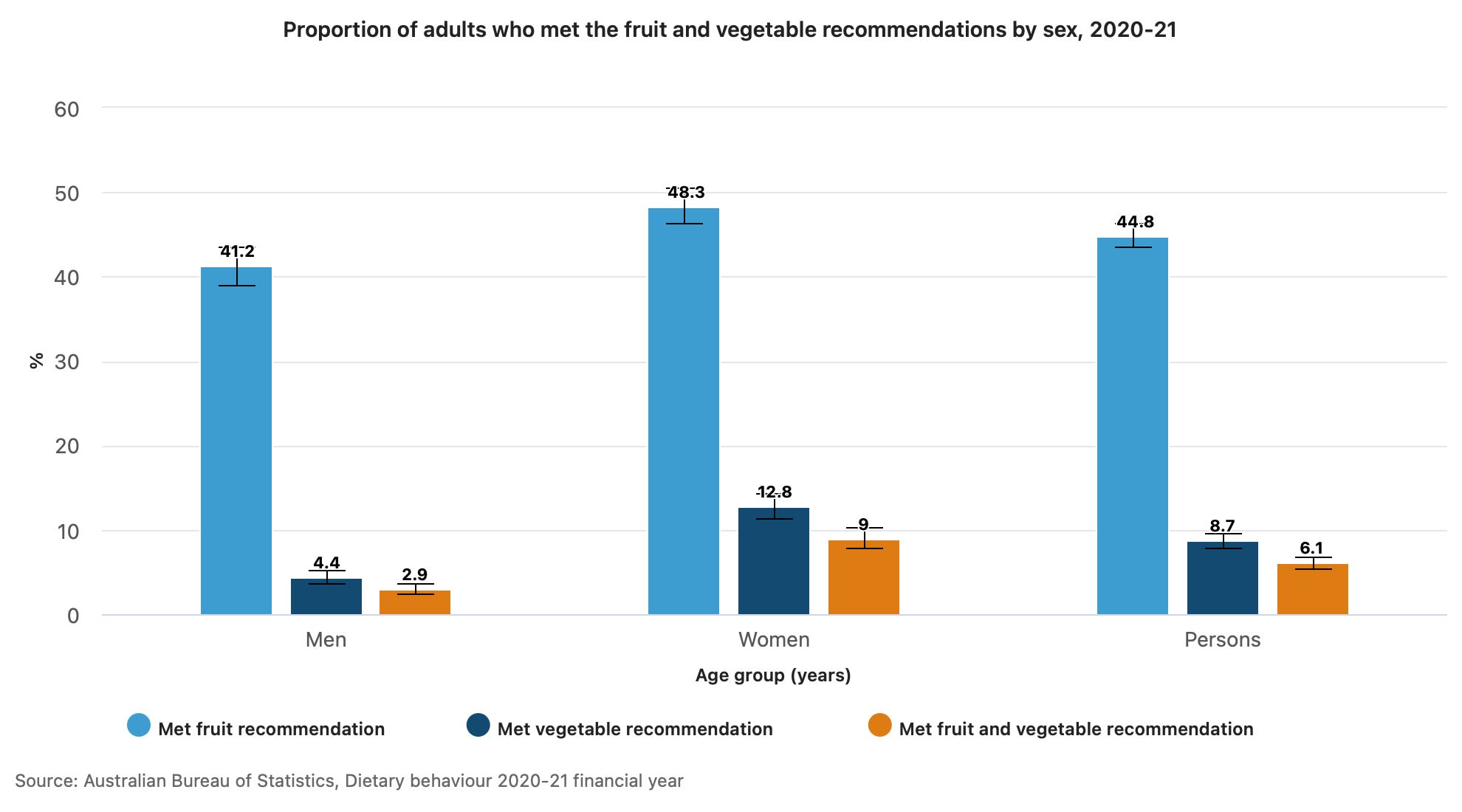
Portion of adults who met fruit and vegetable recommendations by sex. Photo: Australian Bureau of Statistics
Portion of adults who met fruit and vegetable recommendations by sex. Photo: Australian Bureau of Statistics

Dietition Emma Levelle. Photo: supplied
Dietition Emma Levelle. Photo: supplied

University student Emily. Photo: supplied
University student Emily. Photo: supplied
Are they cost effective?

A large point of contention for consumers when it comes to meal kits, is if it's worth the cost? Every household has different incomes and budgets, however when surveyed by Food52, 59% said cost was their main hindrance from purchasing meal kits.
Kellie Rowland, single mother of three, finds meal kits cheaper. “I work so much so it's either Hello Fresh or Uber Eats," Kellie says. "I spend $149 for five nights of meals and all I have to do is buy milk, bread and cereal”.
Katherine Redfern, a senior accountant who has previously also purchased Hello Fresh, says “there’s no way meal kits are affordable, especially in regional areas”. Regional areas regularly incur extra delivery fees. For example, Hello Fresh charges $9.99 for anywhere within 60 kms of Sydney, Melbourne, Brisbane and Adelaide, and anything further than that is an extra $9.99 fee.
“Meal kits just can’t compete with what you’re able to achieve with a solid budget, not unless there’s a 20-40% discount applied," Katherine says.
Meal kits lure in new customers by offering huge discounts of up to $150 off their first few deliveries. Katherine says meal kits may be a good idea during busy periods,“if you are considering frequent take out instead of home cooking, if you use the discounts wisely, meal kits may be a good solution”.
“Without the discounts, it is far more expensive than what we would consider a good balance of health, cost, time, value and taste”.
Student Emily also found the kits “quite expensive” and found herself “forking out more money for another grocery shop to cover the meals the kits didn’t”.
“All together my meals would cost $150 for a week where I would normally spend $50-$60 on normal groceries," says Emily.
Out of the eight main meal kits sold in Australia, EveryPlate was found to be the cheapest after all delivery costs, and YouPlateIt was found to be the most expensive .

Kellie Rowland, Taken at her office
Kellie Rowland, Taken at her office

Senior accountant Katherine. Photo: Supplied
Senior accountant Katherine. Photo: Supplied
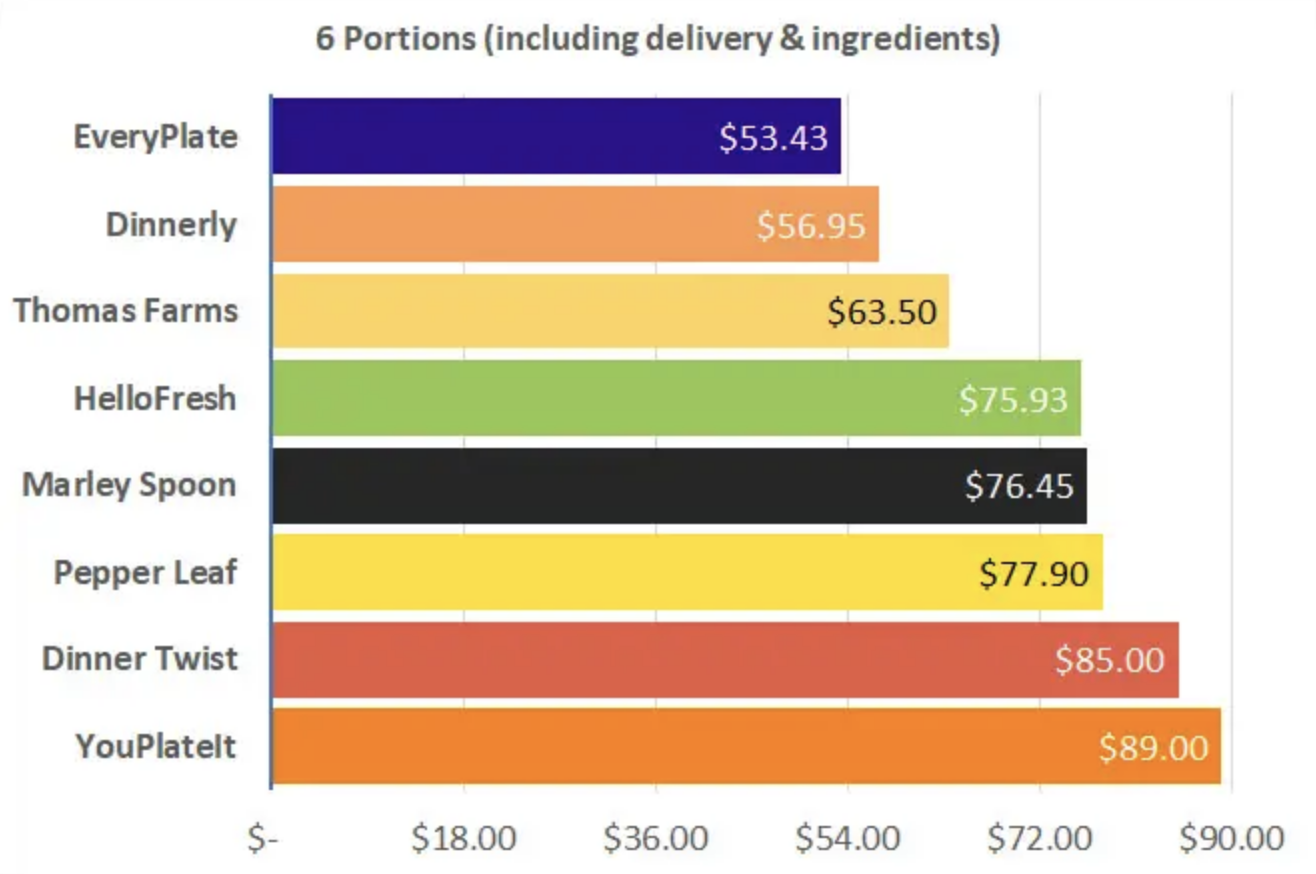
Meal kit prices graph. Photo: Foodboxmate.com
Meal kit prices graph. Photo: Foodboxmate.com
Cooking, convenience and kids

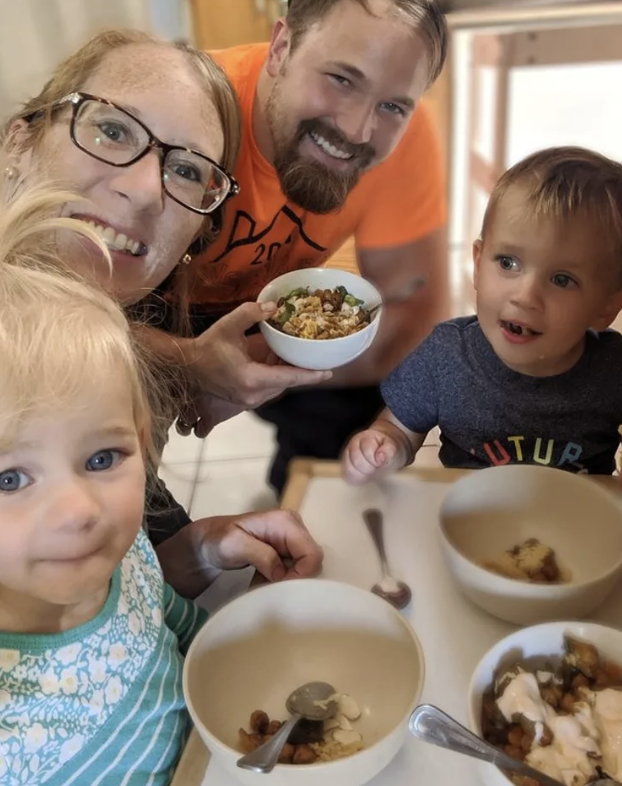
Instagram user @mandi14eid "Drew and the kids made mom dinner tonight! Drew and I had our doubts but WOW was it tasty!" Source: Instagram
Instagram user @mandi14eid "Drew and the kids made mom dinner tonight! Drew and I had our doubts but WOW was it tasty!" Source: Instagram

Instagram user @bdanielle1285 "My little chef helping me make dinner tonight and trying out some of his new kitchen utensils I got him!" Source: Instagram
Instagram user @bdanielle1285 "My little chef helping me make dinner tonight and trying out some of his new kitchen utensils I got him!" Source: Instagram
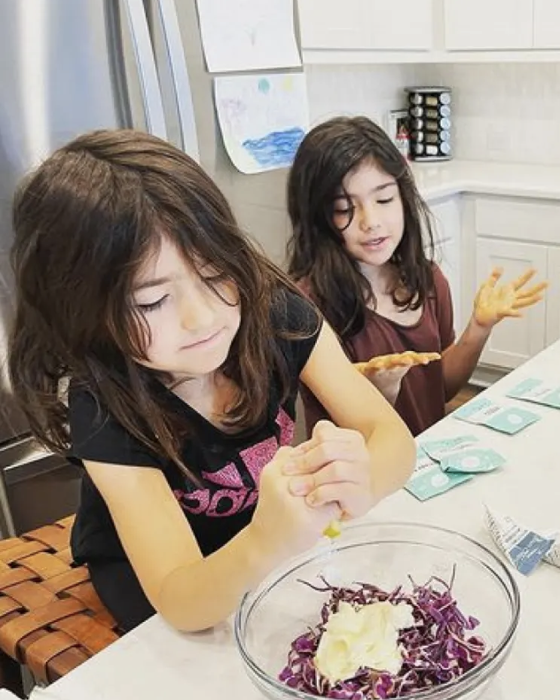
Instagram user @our_lovely_stride "We had a cooking class yesterday and we had such an amazing time. 😁 They had such a great time working as a team and I can’t wait for our weekly cooking class 🙌🏻😁". Source: Instagram
Instagram user @our_lovely_stride "We had a cooking class yesterday and we had such an amazing time. 😁 They had such a great time working as a team and I can’t wait for our weekly cooking class 🙌🏻😁". Source: Instagram
Convenience is perhaps the number one reason people choose meal kits. Kellie, Emily, and Katherine all decided to purchase meal kits because of their convenience.
Meal kits added "convenience and ease" to Emily's and Kellie's lives. Kellie says “pretty much the only reason I get meal kits is convenience and ease”.
Kellie’s 16yr-old-son Stirling enjoys them, but not every night.“I don’t mind Hello Fresh," Stirling says. "Its good, just not every night, its very labour intensive”.
Kellie says all they’d be eating is toast if she left them to their own devices.
“the convenience is worth the cost for our family”.
"It actually teaches him how to cook and it gives him more responsibility, which he needs," she adds with a cheeky grin directed at Stirling.
Research conducted by Deakin University in 2022 found that meal kits increased the frequency of home-cooked meals in adolescent homes and reported that teens were more involved in the cooking process, therefore learning cooking skills.
Student Emily moved out of home at 18 when she started university and found that learning to cook and eat a balanced meal was very difficult. “For the first year and a half my diet and cooking was not the best” she says.
Emily has been out of home for four years now and still sometimes struggles. “It’s been a tricky road to manage but I am getting there," she says.
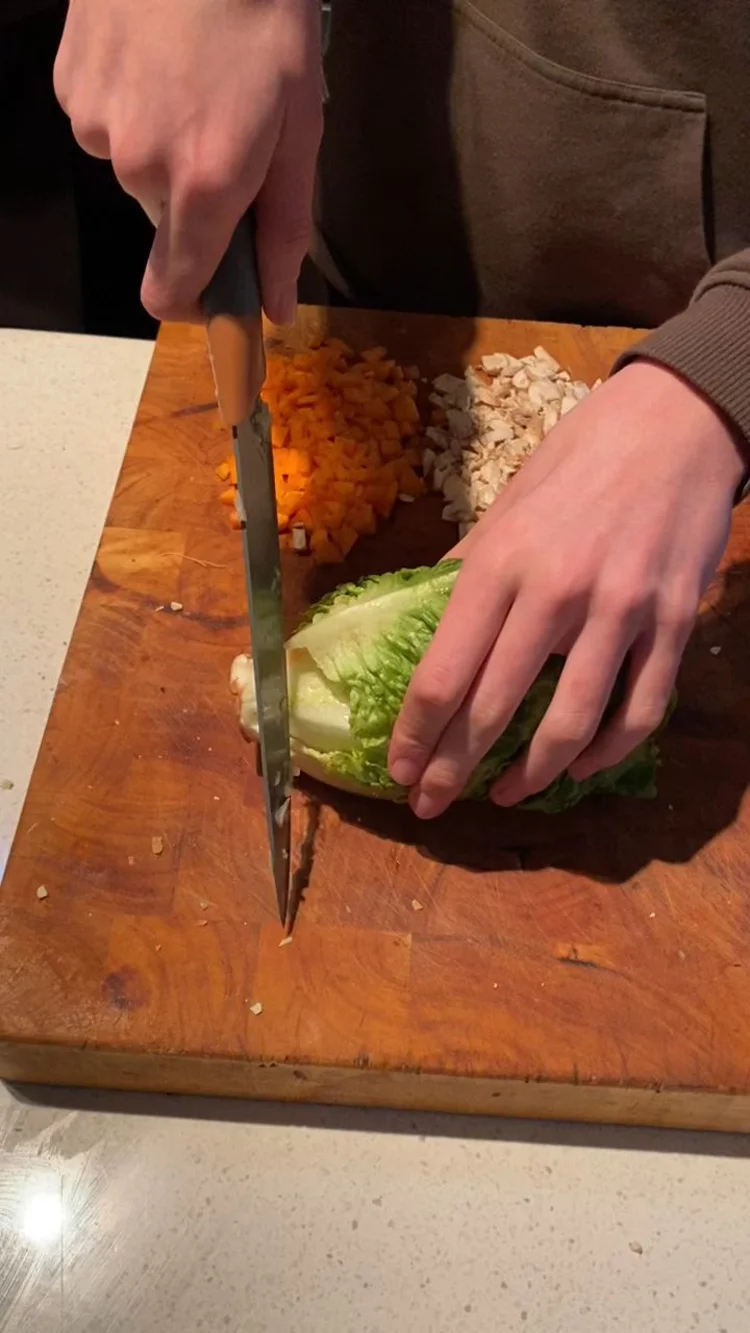

Kellies son, Stirling cutting lettuce
Kellies son, Stirling cutting lettuce
Kellie teaching Stirling
Kellie teaching Stirling
Helping or harming our environment?

Australia has been bombarded with the consequences of climate change, with record breaking bushfires and back-to-back floods.
With the constant reminders of climate change, many consumers are on high alert for ways to be more sustainable. On the surface, meal kits seem horrid for the environment. Multiple plastic icepacks and everything individually packed in single use plastic. However, there are many more environmental aspects that go into our food than just the packaging it comes in.
Research by the American University of Michigan in 2019 found that meal kits use a third less greenhouse gases than equivalent grocery meals. They found that the reduced food waste, less last mile transportation and a “direct to consumer” method combined, greatly offsets the amount of extra packaging meal kits use.
Individual transport to and from the grocery store was found to be the biggest energy consumer of a standard shop. Typically, with meal kits they will be delivered in batches, often late at night as well to avoid traffic.
Many soft plastics like the ones used in meal kits can’t be recycled in a standard curbside recycling bin. However, this differs between states, councils, and shires, which can make recycling the materials difficult.
Clean up Australia does recommend that if the soft plastics are “scrunchable” they can be placed in a “REDcycle” bin. These bins can be found in grocery stores around Australia and keep soft plastics out of landfill and are instead transformed into things like benches, garden beds and road infrastructure.
While a zero-waste meal kit seems unattainable, it has been done on the west coast of Canada. Fresh Prep is the first "zero waste" meal kit and sends ingredients in 'Tupperware' like containers to be returned and re-used when your next meal kit is delivered.
One third of food produced world-wide is either lost or thrown out each year. A main aspect of meal kits is the lack of food waste. When meals are delivered with the precise measurement of an ingredient, there is minimal food waste on the consumer’s side. Marley Spoon reported 1% of food waste in 2021 and Hello Fresh claims an average of 2.9 grams per meal gets wasted as of 2021.
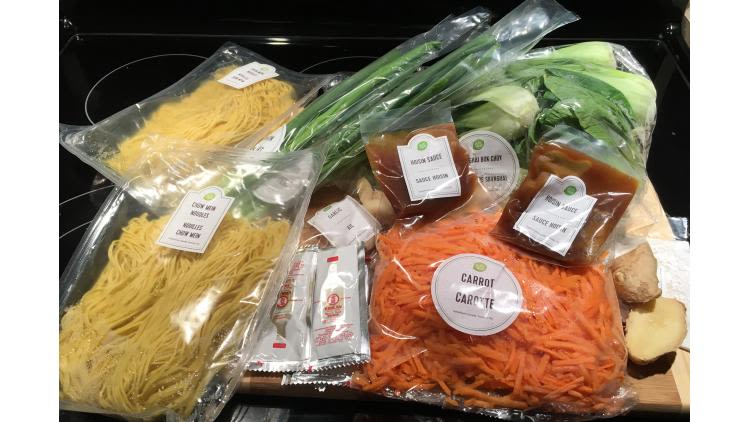
"Standard" meal kit packaging Photo: Packagingdigest.com
"Standard" meal kit packaging Photo: Packagingdigest.com
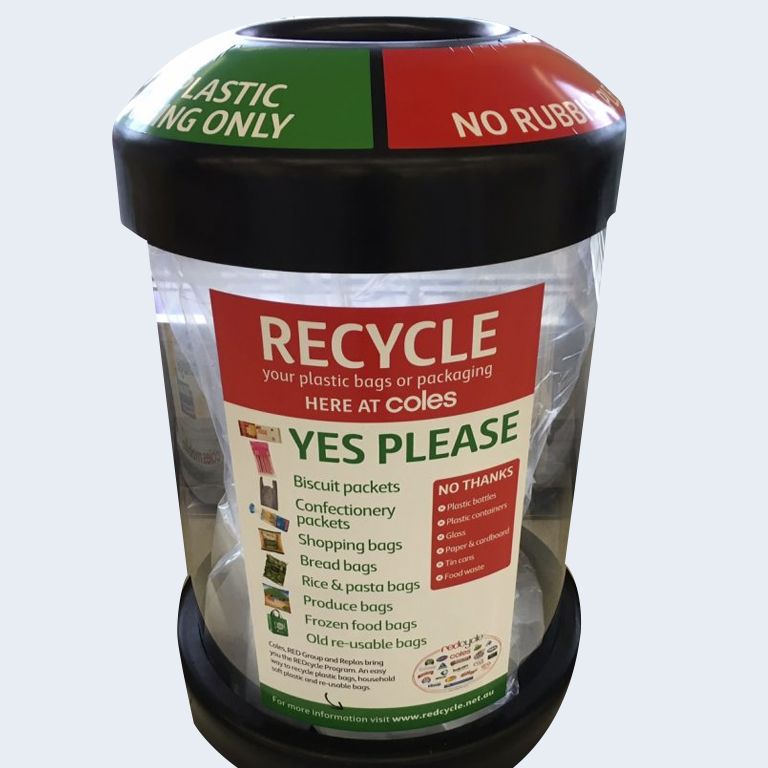
REDcycle bin Photo: Recycle.com
REDcycle bin Photo: Recycle.com
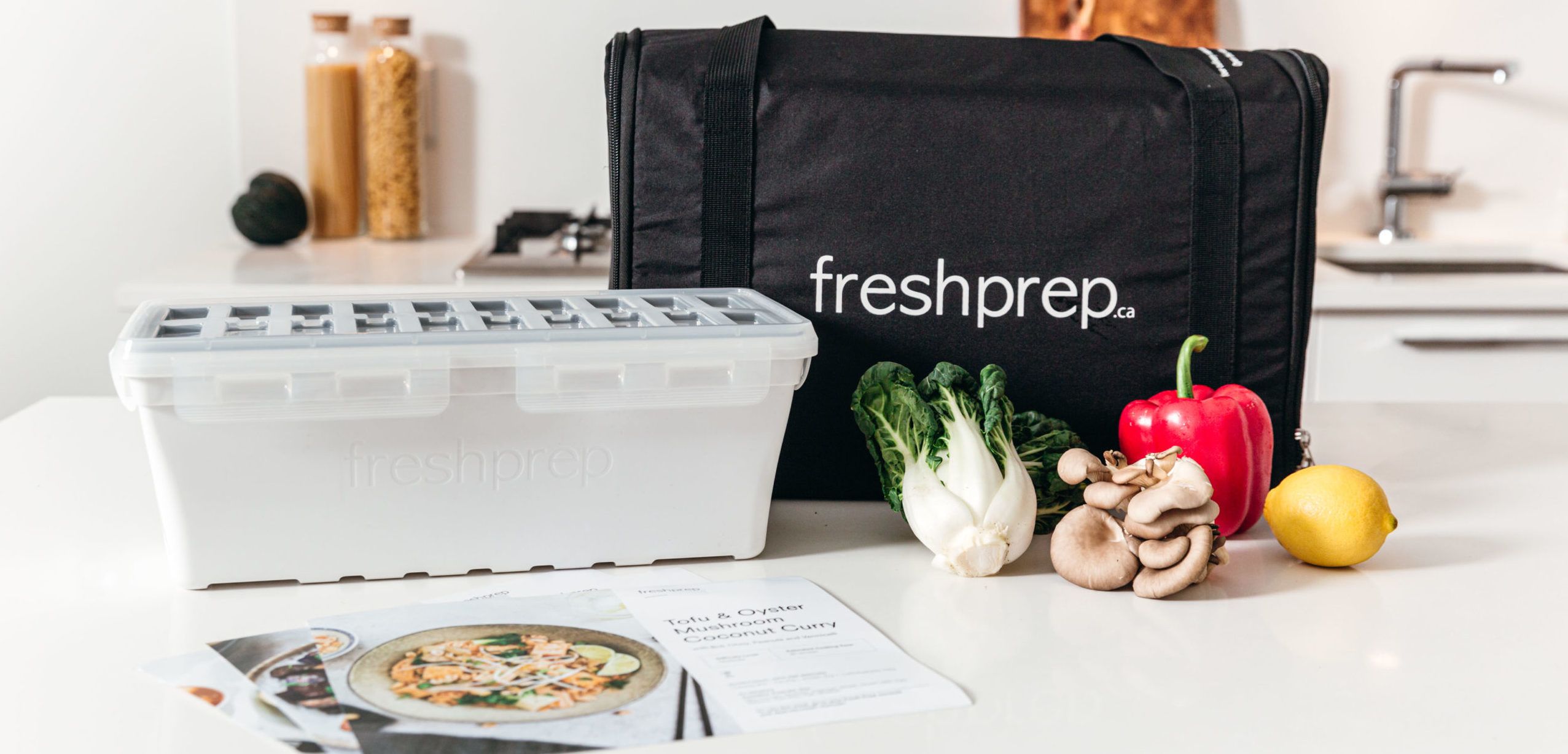
Canadian meal kit; Freshprep Photo: Freshprep.com
Canadian meal kit; Freshprep Photo: Freshprep.com
Thai beef salad meal kit recipe
